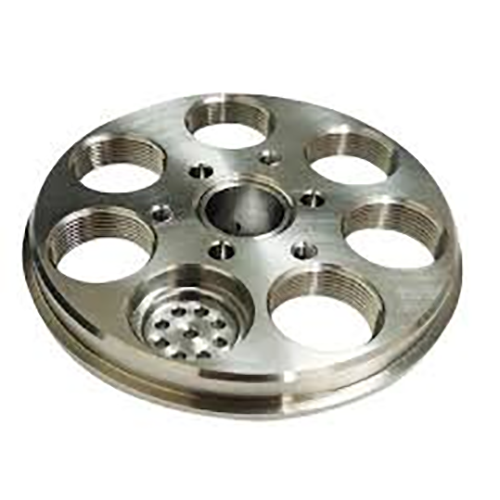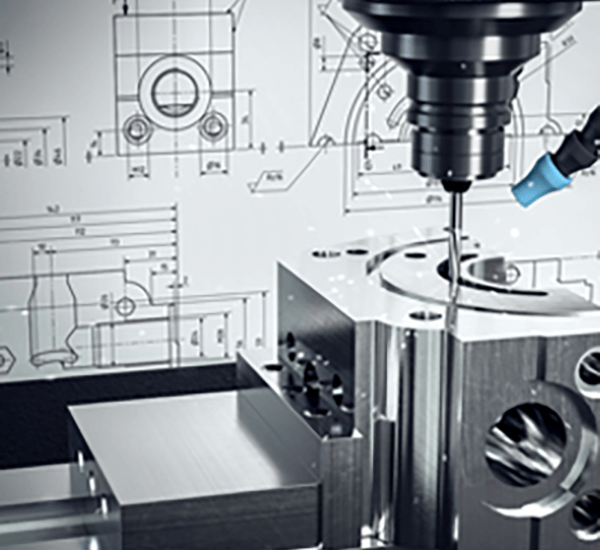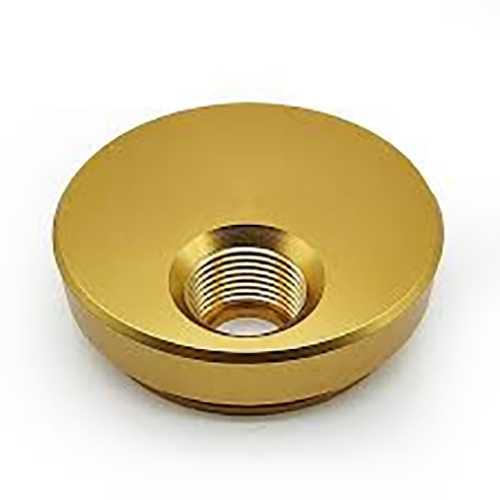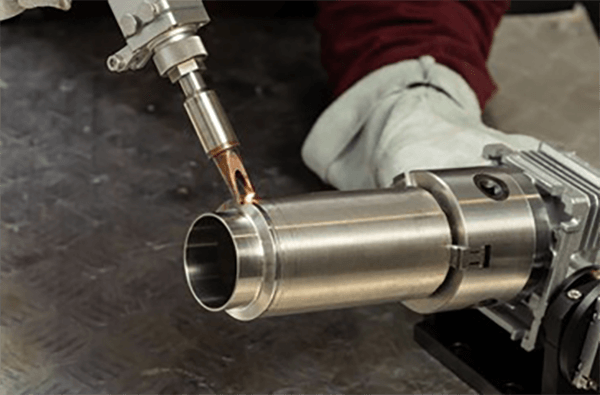
Producing the required exterior polish for a processed workpiece remains essential.
- Specification callouts prescribe the detailed finish for parts
- Callouts frequently reference metrics such as Ra (average roughness) for roughness quantification
- Understanding these callouts is fundamental for ensuring manufactured parts meet performance requirements
- A well-defined surface finish can impact factors such as lubrication, friction, and durability
- Precise decoding of callouts secures the specified finishing outcome
Precision Engineering Through CNC Machining

Robotic-assisted machining defines a modern manufacturing practice via numerical control software the system carves sophisticated geometries with precision.
- Computer-driven machining creates reliable parts from assorted materials
- Adaptable CNC processes fit the demands of aerospace, automotive, and medical markets
- Numerical control systems guarantee repeatable accuracy between batches
From initial prototype stages to mass-manufacture CNC machining supports modern production workflows
Deciphering CNC Machine Specifications
Interpreting CNC data often seems complex on first review
Still a modest foundation of know-how combined with structure allows navigating specs
Launch by determining central specs: spindle rpm, feed velocity, accuracy, envelope, controller
Each of these specifications contributes to the machine's overall performance.
By way of example raised spindle rpm benefits soft stocks while boosted feed enhances output.
Knowing these correlations permits matching machine capabilities to your specs
Always examine producer technical literature in detail.
It will often provide valuable insights and clarify any technical terminology you may encounter
Comprehensive Guide to CNC Machinery
Automated CNC platforms are computer-commanded systems for precision manufacturing of multiple materials These systems execute G-code sequences to govern tool movement and actuation.
- Several forms of CNC equipment are mills, lathes, routers, plasma cutters
- Machining methods apply across metals, plastics, wood, and composite substrates
- Besides that CNC systems permit speedy prototyping and short production runs for businesses and research groups
Computer Numerical Control Machines: An Overview
They embody an integration of hardware accuracy and advanced software regulation Automated tools implement code to produce elementary parts and sophisticated assemblies The core idea is converting digital blueprints into tangible parts.
- CNC fabrication
- Programmed manufacturing process
It performs sequenced precise axis operations dictated by program Skilled staff determine cutting conditions, observe operations, and verify finished part quality.
Why Surface Finish Matters in CNC Machining
Achieving the desired surface finish in CNC machining is crucial It significantly alters operational behavior and appearance Substrate properties, machining variables, and post-process methods shape surface outcome.
Polished textures increase lifespan; rough finishes may lower effectiveness Numerical control machining supplies multiple methods and cutters to obtain target textures.
- By using distinct cutter geometries |coated inserts|surface speed choices to reach texture
- In addition buffing, grinding, and sanding may be applied to upgrade finishes
Comprehending the connections between machining choices and texture secures better results.
From Operation to Applications: CNC Basics
A precise fabrication technique, it applies computer-controlled machines to produce parts from assorted materials These machines follow digital instructions to execute intricate designs with high accuracy and repeatability Familiarity with programming, tooling, and machine operation is key to process success
Applications of CNC machining are incredibly diverse spanning numerous industries such as aerospace automotive manufacturing From aircraft parts to precision plastic molds, CNC creates complex high-quality items
Specifying Surface Roughness for CNC Parts
Correctly specifying finish is vital for CNC-produced components It ensures part compliance with operational and appearance standards Engineers generally specify surface quality using the Ra roughness notation Expressed in units like µm or mils, the metric describes average roughness amplitude.
When specifying a surface finish callout consider both the required level of smoothness and the intended application of the part

In many cases fine finishes are necessary for accurate alignment and tight interfaces
More pronounced surface profiles help applications relying on friction or traction
Insert concise surface notes in blueprints to articulate finish expectations Specify the Ra metric and note any secondary treatments or special machining steps.
Observe that unambiguous finish specifications are vital for manufacturing outcomes
Classification of CNC Machines and Uses
CNC manufacturing hosts an extensive set of machines for assorted machining tasks They integrate CAD-driven toolpaths to guide cutters for precise component production.
- Milling machines are renowned for their ability to remove material from a workpiece shaping it into complex geometries
- Turning machines rotate stock to create symmetrical components efficiently
- Plasma cutters employ ionized gas arcs to sever metal quickly and accurately
Pick machines based on material compatibility, feature detail, and dimensional demands Varied CNC functionalities equip manufacturers in industries from automotive to aerospace.
Securing Optimal Finish Using CNC Machining
Obtaining fine surface quality is important and CNC technology delivers consistent control to attain it Through careful tuning of feeds speeds and tool profiles operators manage chip formation and surface generation Also advanced insert materials and suitable coolant practices support improved finishes Deliberate machining strategies and exact setups enable production of components with excellent texture.
CNC Programming to Achieve Surface Quality
Programming skills that affect finish are critical for reaching surface goals Feed selection spindle rpm and cutter geometry collectively determine texture outcomes Exact parameter choices plus proper fluid management achieve refined finishes.
- Furthermore regular tool maintenance and inspection are essential for ensuring a consistent and high-quality surface finish over time Additionally routine tool checks and upkeep maintain consistent finish quality Furthermore regular tool maintenance and inspection are cnc process essential for ensuring a consistent and high-quality surface finish over time
- To optimize surface finish programmers should consider factors like material type desired surface roughness and the application requirements
- Employing simulation software can help visualize and fine-tune cutting parameters before machining reducing the risk of surface defects
- Moreover scheduled tool maintenance and inspection preserve surface performance
